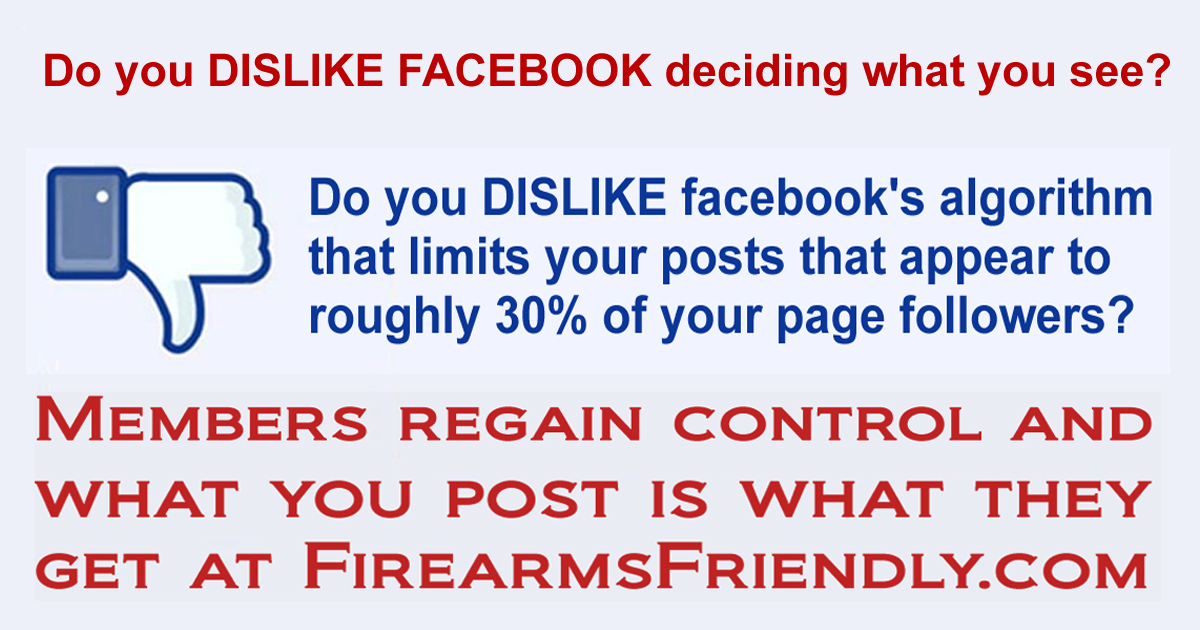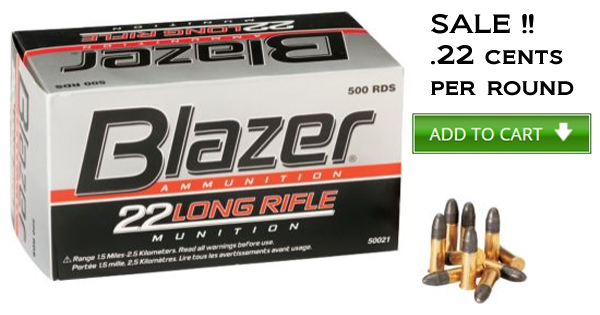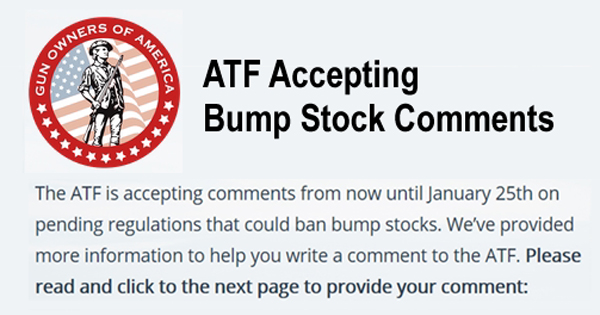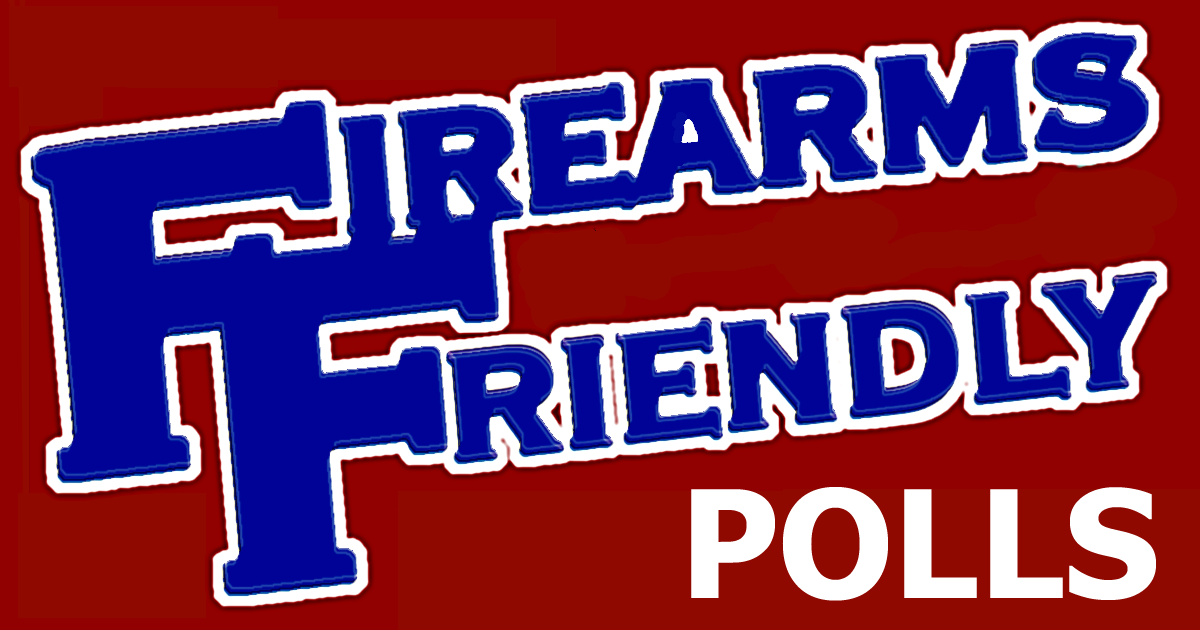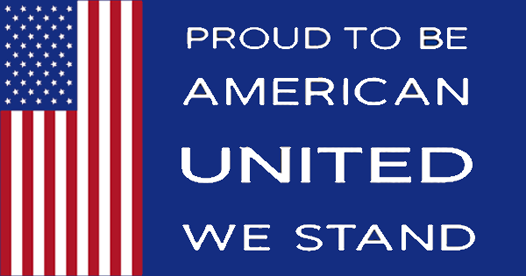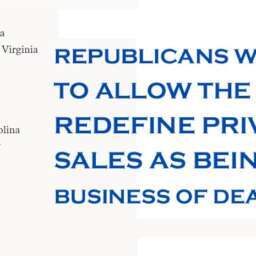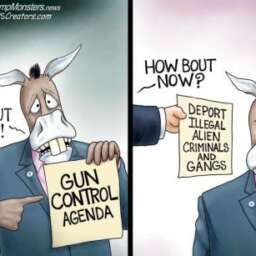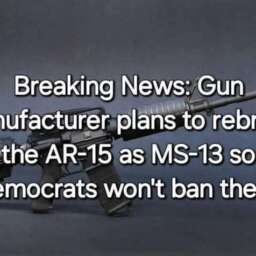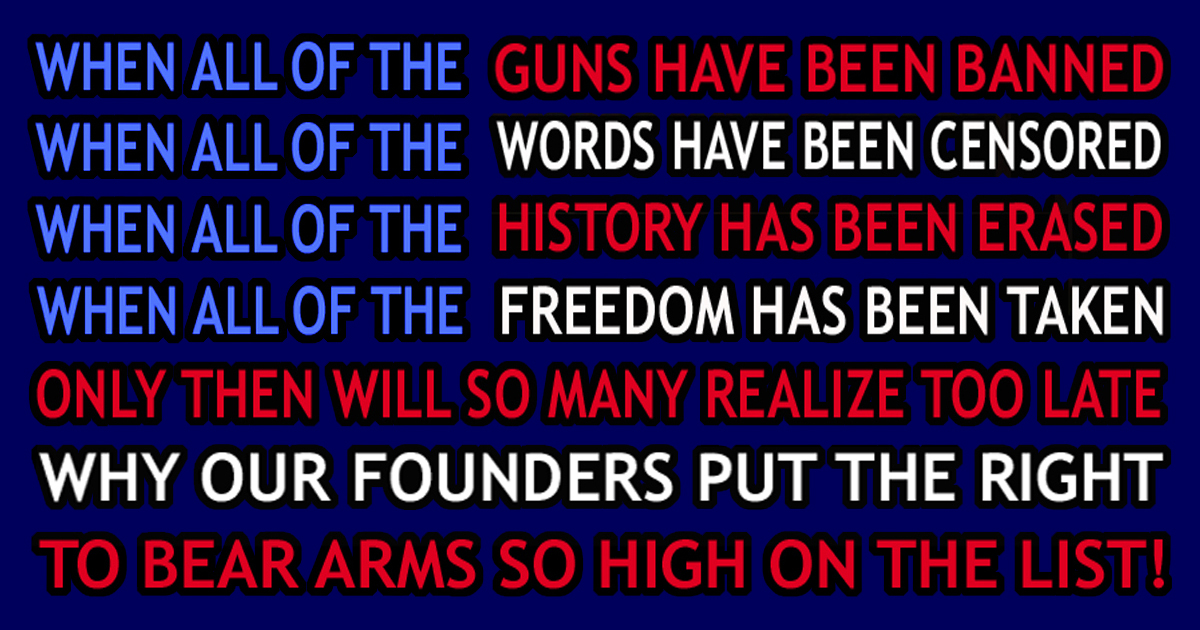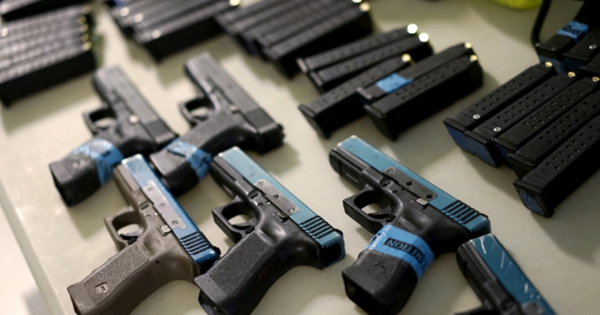 FoxNews.com – “A Democrat-backed study meant to expose illicit online gun sales instead seemed to show the opposite — with hardly any sellers taking the bait when undercover investigators tried to set up dozens of illegal firearm transactions.
FoxNews.com – “A Democrat-backed study meant to expose illicit online gun sales instead seemed to show the opposite — with hardly any sellers taking the bait when undercover investigators tried to set up dozens of illegal firearm transactions.
Rep. Elijah Cummings, D-Md., as well as Sens. Elizabeth Warren, D-Mass., and Brian Schatz, D-Hawaii, had commissioned the Government Accountability Office report to look into how online private dealers might be selling guns to people not allowed to have them.
Their efforts were based on a 2016 report from the Bureau of Alcohol, Tobacco, Firearms and Explosives (ATF), which claimed that “anonymity of the internet makes it an ideal means for prohibited individuals to obtain illegal firearms.”
“Congressional requesters asked that GAO access the extent to which ATF is enforcing existing laws and investigate whether online private sellers sell firearms to people who are not allowed or eligible to possess a firearm,” the GAO report said.
Over the course of the two-and-a-half year investigation, agents tried to buy firearms illegally on the “Surface Web” and the “Dark Web,” generally by sharing their status as “prohibited individuals” or trying to buy across state lines.
But the GAO revealed that their 72 attempts outside of the dark web were all “unsuccessful.”
“Private sellers on Surface Web gun forums and in classified ads were unwilling to sell a firearm to our agents that self-identified as being prohibited from possessing a firearm,” the GAO reported, noting that in their “72 attempts … 56 sellers refused to complete a transaction once we revealed that either the shipping address was across state lines or that we were prohibited by law from owning firearms.” In the other cases, the investigators’ website was frozen or they encountered suspected scammers.
On the dark web, GAO agents successfully purchased two guns illegally, as the serial numbers on the weapons were “obliterated” and “shipped across state lines.” But in the attempt to purchase, the GAO agents “did not disclose any information indicating they were prohibited from possessing a firearm.”
Based on the findings of the study, the GAO said it is “not making recommendations in this report.”
Cummings, Warren and Schatz did not immediately respond to Fox News’ request for comment on the GAO’s findings.
The National Rifle Association seized on the report to claim that online sales are in fact regulated, calling the study an “embarrassment” for the gun control lobby.
“GAO’s findings showed nothing so much as that private sellers advertising online are knowledgeable about the law, conscientious, and self-policing,” The National Rifle Association said, adding that online gun sales are “subject to the same federal laws that apply to any other commercial or private gun sales.”
The NRA described the study as an attempt to model the findings of former New York City Mayor Michael Bloomberg’s 2015 report, titled “Point, Click, Fire: An investigation of illegal online gun sales,” which found that 62 percent of private sellers were willing to proceed with a sale, even if the prospective purchaser could not pass a background check.”
 ALL members can create their own blog posts and we need people to test it out.
ALL members can create their own blog posts and we need people to test it out. 
